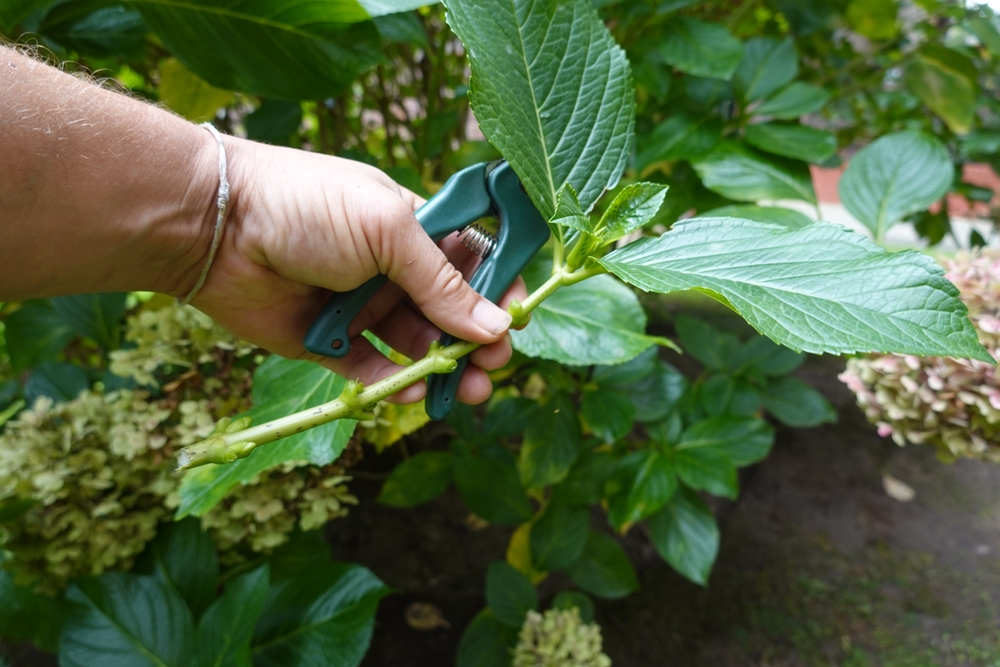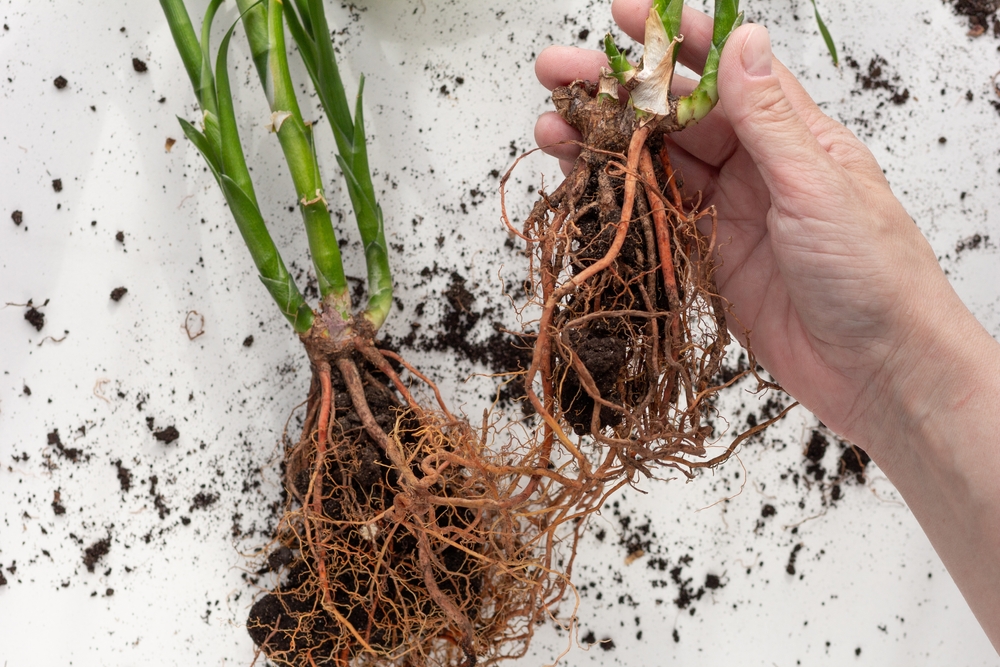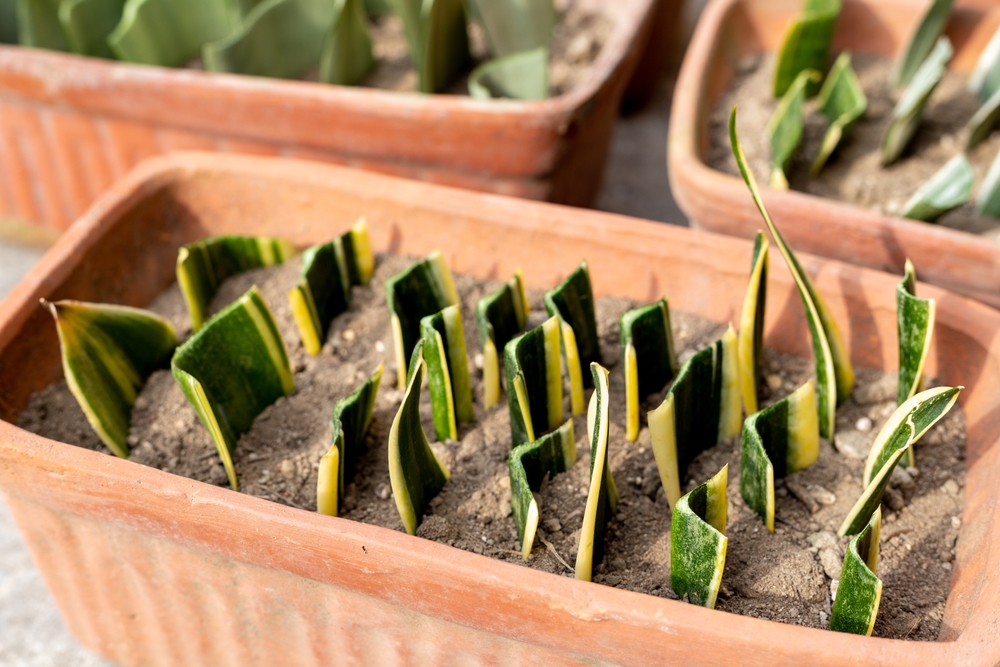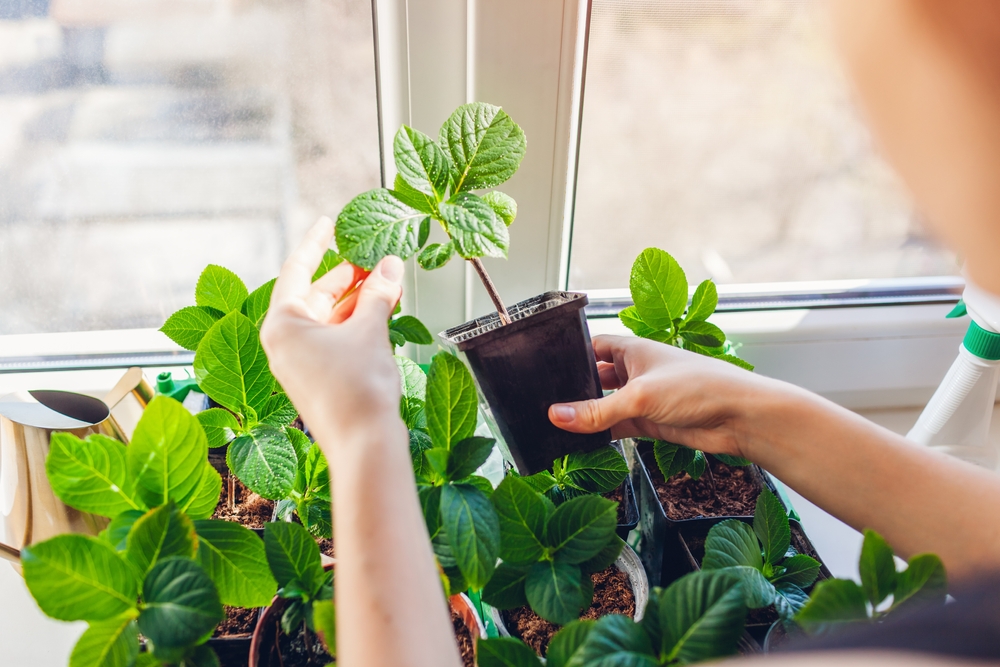How to Propagate Plants: Seeds, Cuttings, and Division Explained
Want more plants in your garden without getting more from the store? It’s time to learn plant propagation. It’s how gardeners get more plants by collecting seeds, snipping off cuttings, or digging and dividing an older plant.
Choosing a method to use depends on the plant you’re working on, the tools you have, and the space of your garden. Some methods are easier, but all of them are totally doable, even if you have little to no experience.
This post may contain affiliate links, which helps keep this content free. Please read our disclosure for more info.
Propagating Plants from Seeds

Seeds are perfect for a lot of flowers, herbs, and vegetables. If one of your plants produces a seed, there’s a chance that you can grow it that way.
Seed packets can also tell you how deep you can plant the seed, the spacing you need, and how long before it sprouts.
You can start seeds indoors with seed trays, potting mix, and maybe a grow light or heat mat. Outdoors, wait for warm soil after winter. Once the seedlings have a few sets of leaves, they’re usually ready for bigger pots or the garden.
Propagating Plants from Cuttings

Using cuttings is perfect for a lot of houseplants and soft-stemmed favorites. Plants like pothos, coleus, mint, and succulents root easily from cuttings. However, it depends on the plant and the season, so make sure to do your research.
Prepare these things before getting started.
- Sharp shears
- A clean container
- Moist soil or water
Cut just below a leaf node, remove any lower leaves, and pop it into water or moist potting mix. In water, change it every few days. In soil, keep the humidity up by covering with a plastic bag or dome and place it in bright but indirect light.
Propagating Plants by Division

Division means splitting up a mature plant into smaller parts, each with roots and stems, or leaves. It’s common with clumping plants like hostas, daylilies, ornamental grasses, and ferns. There are common signs to look out for so that you’ll know when it’s time to divide your plants
- Overcrowding
- A thinning center
- Less blooming than usual
Spring or fall usually works best. Gently lift the plant from the ground and use your hands or a tool to separate the clumps. Each section should have some roots and healthy top growth. Replant right away and water well so they can settle into their new spots.
Tips for Successful Plant Propagation

Different plants do better with different methods. Annuals and vegetables often grow well from seed. Succulents and houseplants take well to cuttings. Perennials like daylilies and ferns are usually divided.
To keep things running smoothly, follow these tips below.
- Clean tools before and after use
- Keep young plants warm and lightly moist
- Label what you’re growing so you don’t forget
Some gardeners like to keep a little notebook to track what works, when they planted, and what’s showing signs of life. It’s a nice way to see your progress, especially with slower-growing varieties.
Common Problems and How to Avoid Them

Seedlings sometimes get a white mold or collapse from damping off. Avoid this by keeping containers clean, watering lightly, and giving them airflow and light.
Cuttings can rot if kept too wet, especially in soil. Use clean shears, don’t bury the cutting too deep, and avoid letting leaves touch the water or soil. With divisions, be gentle with the roots and keep newly planted sections shaded and moist until they perk up.
If nothing’s happening, don’t panic. New growth can take time. Look for roots, new leaves, or overall firmness. If things look mushy or dried out, try adjusting the light or watering schedule.
Propagation is a great way to expand your garden without spending much money. You can grow from seed, take cuttings, or split a plant, and it’s all doable with a few basic tools.
This article originally appeared on Avocadu.
